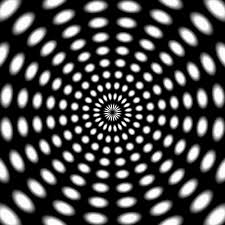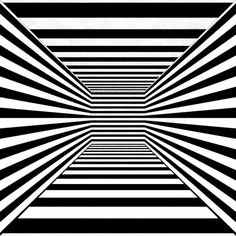|
LITR 4368 Literature of the Future |
Sample answers
for Essay 1:
|
 |
Beau Manshack
Alien Punks: Comparing the Genres of Alien
Contact and High-Tech Narratives
The two genres I found the most interesting during this
semester were alien contact and high-tech narratives. Alien contact depicts a
high-tech future where outside visitors see American society and judge us based
on what they find. Cyberpunk narratives are a high/low tech hybrid that displays
awesome visions of the future but with a strong presence of the past though its
aesthetics. These two genres were my favorite types as a child, so I was very
happy to find out that we would read the origins of these genres in Dr. White’s
class. After taking this class, I now can watch movies like sci-fi movies and
analyze themes that I have learned from this course while enjoying the film.
Starting with novel themes in
The Popular Street Study, Karen J.
Fowler depicts an alien contact scenario that symbolizes an evolutionary vision
of the future. Using information from Dr. White’s course page leads me to
believe that the narrative of this story is a self & other tale. The uniqueness
of this story is in how the older, established characters are so used to their
environment that they are incapable of adapting to the new social model
constructed for them by the aliens. By adapting to her environment, Sunny
embraces her new reality and flourishes in it. Sunny’s multicultural mindset
places her in control of the neighborhood by not placing restraints on how she
perceives the world.
The alien themes detailed by Fowler refer to the concept
of communist invaders enforcing their will upon the helpless American public.
The disenfranchised suburbanites who did not trust one another band together to
find a way to overcome the outsiders who have made their way into the community.
As stated in the course page, this tribalism mentality comes from a place of
powerful human interests of “us and them”. Those on the inside of the loop have
a tribe-like mentality, and those on the outside tend to see the insiders as
potential risks.
The tribalism theme is humorously exemplified in Terry
Bisson’s They’re Made Out of Meat.
The aliens in Bisson’s story abduct various unidentified creatures from Earth
then come to the realization that “They’re made out of meat.” The aliens spend
the entire story degrading humanity for its physical status (symbolic of racism)
before deciding to pretend that they never discovered us. Bisson’s critique of
the judgmental aliens is that they never extended a dialogue to the humans and
were unable to reveal shared identities and interests. I never realized how
deeply symbolic the alien contact theme is in speculative fiction until I took
this course, so I am grateful for that knowledge.
Transitioning to High Tech, as depicted by William
Gibson, the world of Cyberpunk offers an unreal identity based on characters
with detached mentalities. Where the concept of alien contact suggests outsiders
viewing the other in a derogatory manner, the theme of Cyberpunk is unique in
how the characters modify themselves to rebel against the world they live in. In
the story Johnny Mnemonic, the
titular character is a “very technical person” in terms of his ability to
mentally store memory, but “as crude as possible” in his physical appearance.
Johnny does not hope for some open dialogue from an outsider, he’s a hard-wired
punk who is a stranger to everyone. While Johnny is a human with a few
augmentations, he is alienated from most everyone around him.
What I always found fascinating about the Cyberpunk
genre is the way that authors balance grunginess with cybernetics. Films like
Blade Runner portray a high-tech
society that possesses the ability to produce worker replicants that are
practically identical to humans both mentally and emotionally. Ironically, the
city the movie takes place in is covered in filth, overpopulated, and
communication has devolved into a jumbled mess of different languages
incoherently meshed together. As seen on the course page, this punk style
assumes non-family relations in a world centered around strangers competing in a
black-market economy.
Fashion is an important component of the Cyberpunk
genre. Deckard ironically wears a brown trench coat to signify the Noir
aesthetic of Cyberpunk, while Neo in The
Matrix unironically wears a black leather trench coat because he thinks it
looks cool. This emphasis on aesthetics alludes to the aliens from the high-tech
stories judging all of humanity based primarily upon their appearance or social
status. If Sunny was taken from Popular
Street Study, placed in a Cyberpunk setting and given a trench coat, she
would fit right in. Her status as a disaffected loner perfectly matches up with
the personalities of both Deckard and Neo.
Ending these thoughts, alien contact and Cyberpunk oddly
fit together quite cohesively. The world of speculative fiction allows authors
to depict unique settings that offers readers the opportunity to imagine how the
future will unfold. Technology will advance towards levels that we can only
imagine, but the negative aspects of humanity will generally stay the same
regardless of how much we evolve. Aliens will undoubtably see humans as
undeserving of any true coexistence, but as seen in the Cyberpunk stories, all
humans want is to survive with some shred of individualism.


